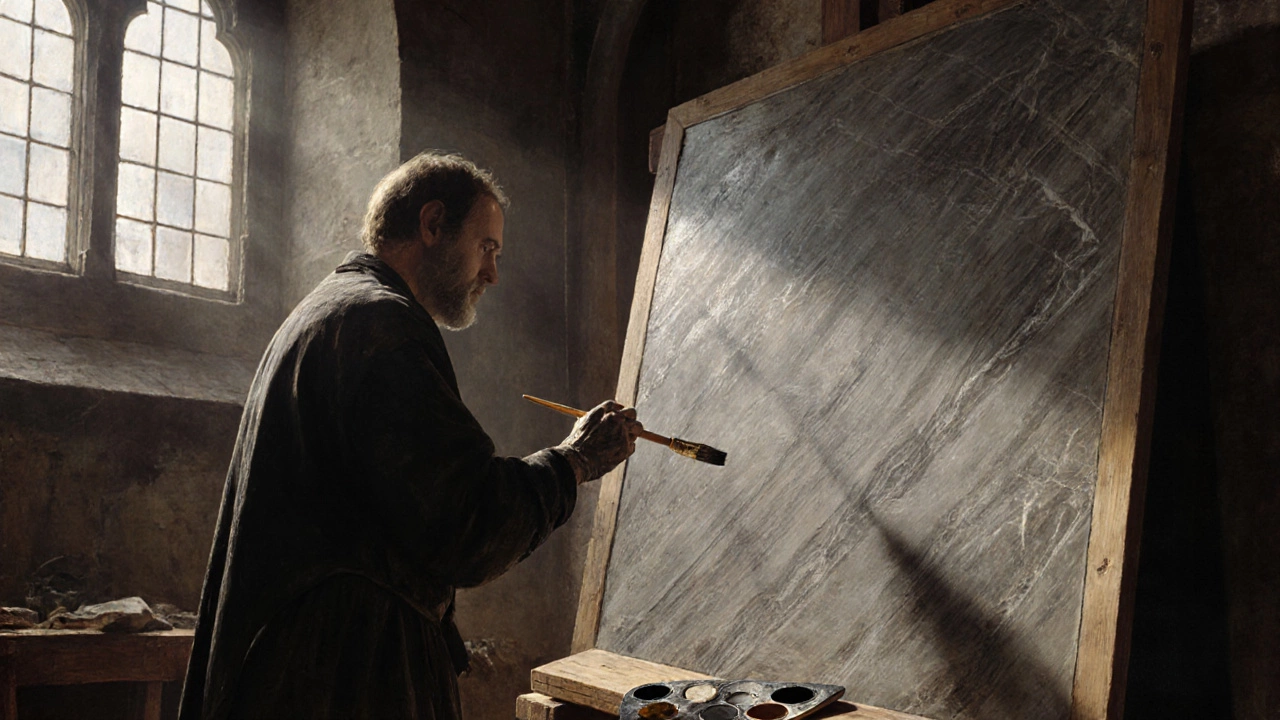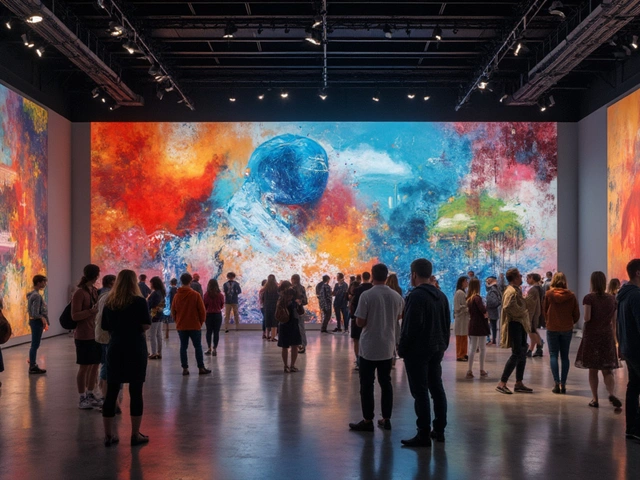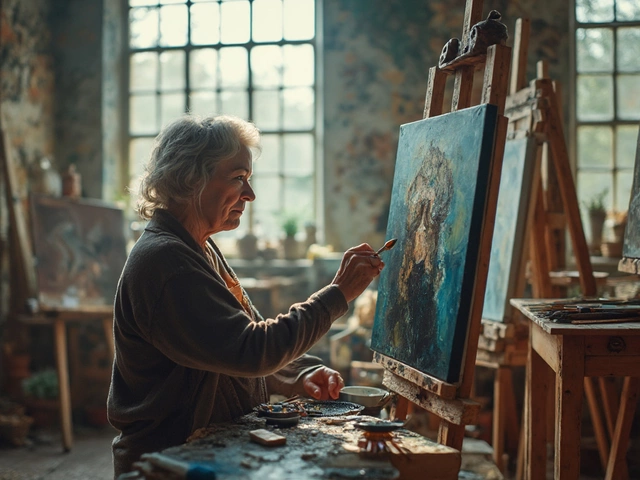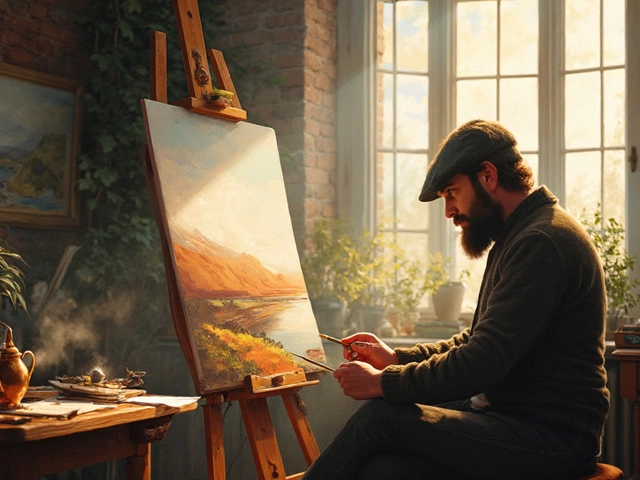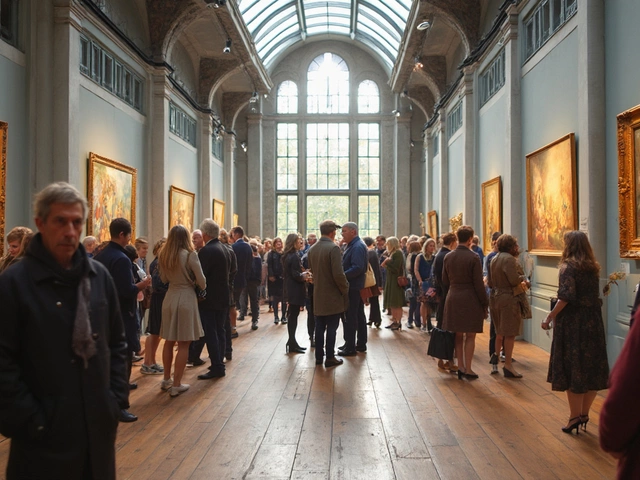Oil Painting Methods: Essential Techniques, Surfaces & Materials
When working with oil painting methods, the set of techniques and materials that let artists create lasting, vibrant works with oil paint. Also known as oil painting techniques, they cover everything from choosing the right surface to mastering layering rules.
One of the first decisions any oil painter makes is the painting surface, the material that supports the paint and affects drying speed, texture, and longevity. Canvas offers flexibility, linen gives a smoother finish, while wood panels provide a rigid base for fine detail. Selecting a surface isn’t just about texture; it also determines how the paint adheres and how quickly each layer dries, which directly influences the "slow over fast" rule that many artists swear by.
Speaking of that rule, the core idea is simple: apply slower‑drying layers over faster‑drying ones. This slow over fast principle keeps the painting stable and avoids cracking. It works hand‑in‑hand with the choice of oil paint, pigments suspended in a drying oil that hardens over time. Understanding the drying time of different oil paints lets you plan revisions, glazes, and scumbles without ruining the underlying work.
Mediums and solvents are the next piece of the puzzle. A good medium oil paint medium, a blend of oil, resin, or alkyd that modifies flow, drying time, and gloss, can activate paint, extend drying periods, or increase transparency for glazing. Common choices include linseed oil for a strong, flexible film, and pop‑lar oil for quicker drying. Mixing the right medium with your chosen paint and surface creates a balanced system where each layer follows the "slow over fast" logic naturally.
Texture techniques such as scrubbing or dry‑brush add visual interest and can mimic everything from rough bark to soft skin. The scrubbing technique involves using a stiff brush or cloth to pull paint across the canvas, revealing underlying layers and creating a gritty texture. When combined with proper surface selection and medium control, scrubbing becomes a powerful tool for adding depth without compromising the painting’s structural integrity.
All these components—surface, paint, medium, layering rules, and texture tricks—interact to form a cohesive workflow. Mastering each part lets you move from a basic sketch to a fully realized oil masterpiece that stands the test of time. Below you’ll find a hand‑picked collection of articles that dive deeper into each of these areas, offering step‑by‑step guidance, common pitfalls to avoid, and real‑world examples you can try right away.
Grisaille Technique Explained: History, Materials & How‑to Guide
Learn what the grisaille technique is, its history, materials, step‑by‑step guide and tips for creating striking monochrome artworks.
Continue Reading